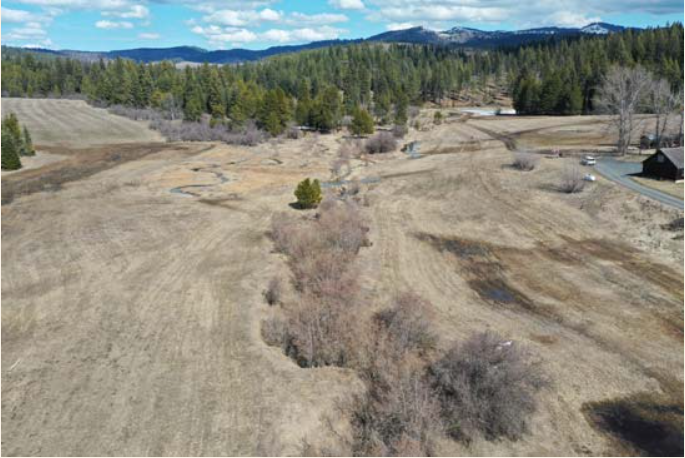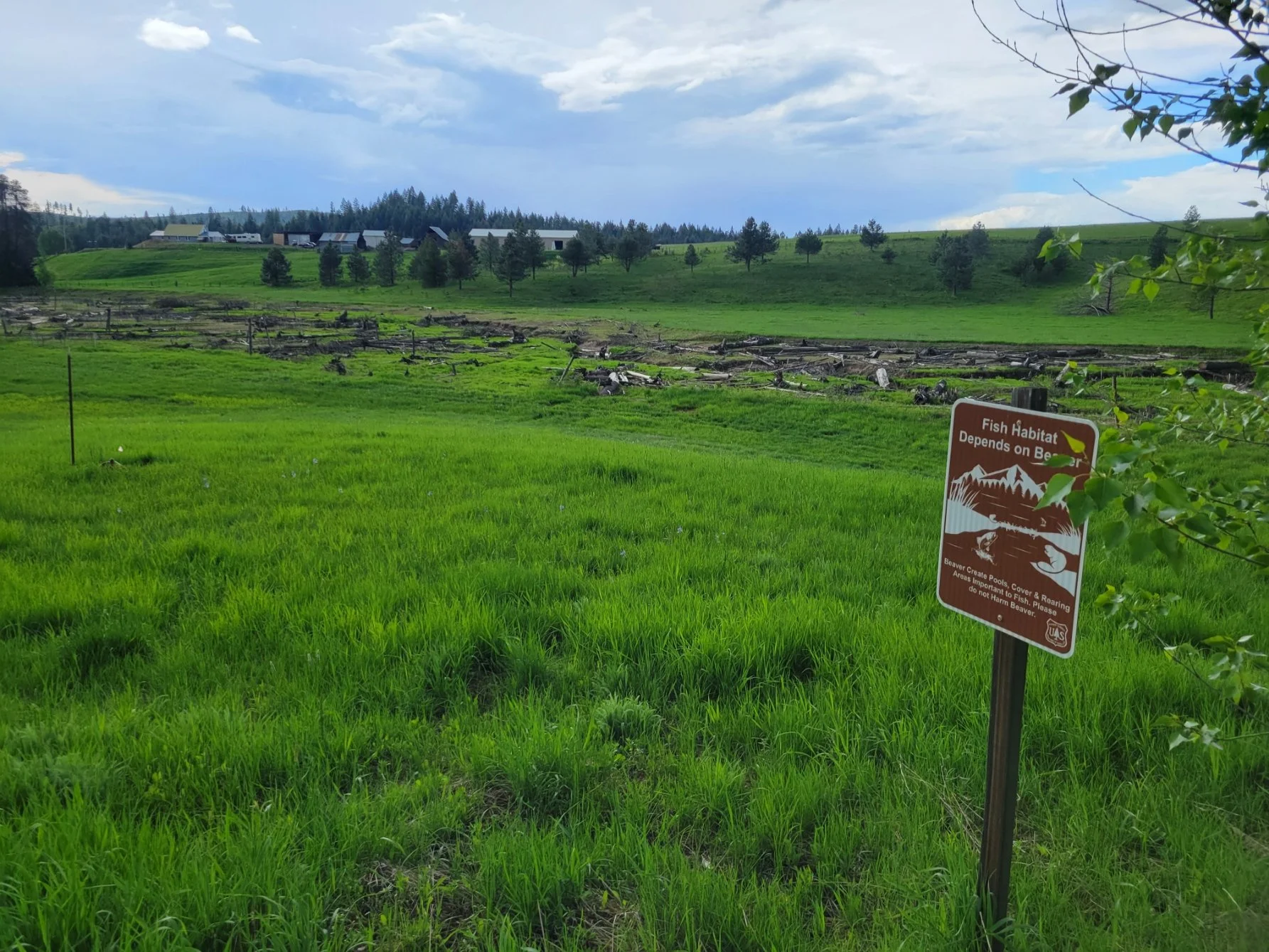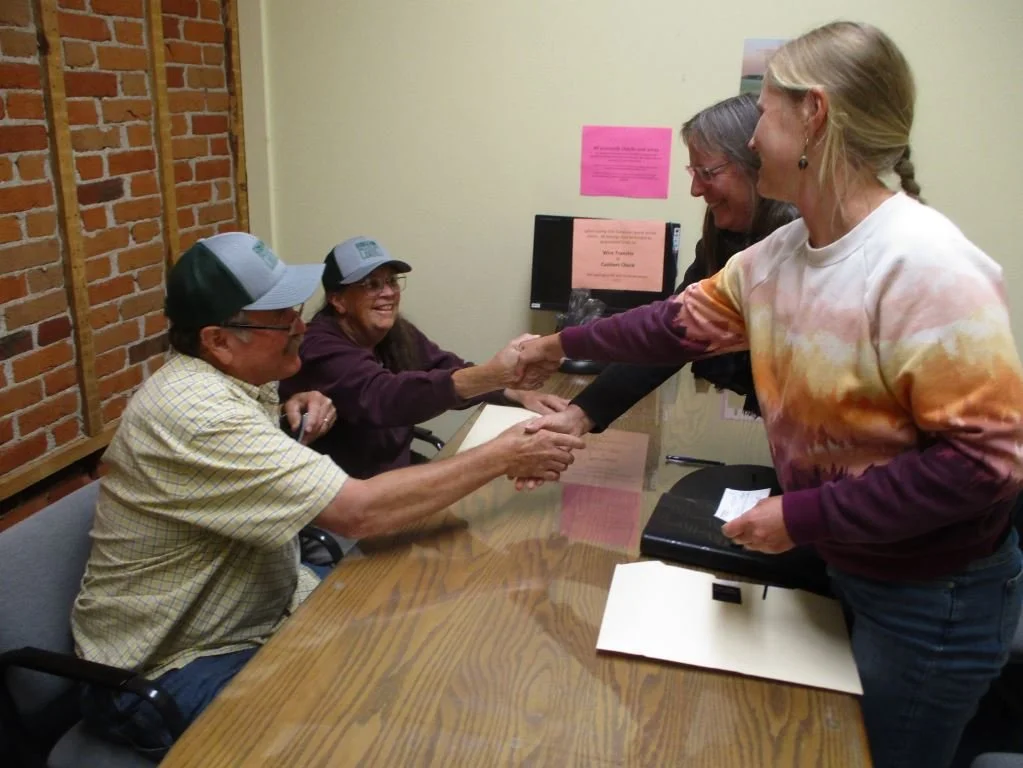Robertson Stage 0 restoration: a conservation legacy
March 2022, the wetland returns.
Pre-project photo of the valley looking North, taken on March 19, 2020.
Brian and Pam Robertson knew that something about their stream wasn’t right. When streams in forested headwaters go from functioning as sprawling wetland sponges holding water and then releasing it slowly during the peak of summer heat, to functioning as ditches where water moves quickly downstream during peak runoff, the entire watershed downstream suffers.
The latter is unfortunately the reality on many streams in our local watersheds, including the half-mile section of Little Bear Creek that runs through the Robertson’s property. Historic logging and agricultural practices left this section of their creek in a severely degraded, nonfunctional condition, resulting in a 12-foot-deep ditch where there was once a thriving wetland.
Brian and Pam on ground-breaking day, 2020
The Robertson’s jokingly refer to this as their “Senior Project.” They’ve spent the last five years of their retirement undertaking a large-scale stream restoration project on their property. The mind-blowing magnitude and innovation of this restoration project impresses even seasoned restoration professionals. The process utilizes cutting-edge technology such as LiDAR (light detection and ranging equipment) — which helps determine the historic, pre-disturbance condition of the land — and then aims to get the stream system back to its natural state, known as the Stage 0 process. This project is the first of its kind in Idaho, and this caliber of restoration being undertaken by private landowners is virtually unheard of.
Brian and Pam do this, in part, simply because they love their land. They also recognize how important water is to the well-being of people and wildlife alike. Like many areas of the West, family lands like the Robertson’s are the cornerstone for providing critical refuge and water to local wildlife. Many species depend on wet meadows located primarily on private lands. Species like native Steelhead that are barely hanging on, largely due to habitat loss and climate instability, critically depend on cool streams for life. Private landowners like the Robertsons know that it is ultimately how we care for the lands upon which we all depend that matters most. They are speaking for the land by giving their section of stream a fresh start and nurturing it back to its once functioning glory.
As the water table returns to normal, pines and other species begin to die off in the project zone, providing critical habitat for wildlife and insects.
Brian and Pam’s commitment to the stewardship of their property has not gone unnoticed either. An abundance of well-deserved attention has come from articles and workshops about their restoration project and are reaching local and national audiences in outlets such as the USDA’s Idaho Informer, the Land Trust Alliance, and the National Oceanic and Atmospheric Administration (NOAA), just to name a few. Their substantial personal investment in this project has also leveraged over $350,000 in funding from the Natural Resources Conservation Service, Idaho Fish and Game, the U.S. Fish and Wildlife Service, the Land Trust Alliance’s Pacific Northwest Resilient Landscapes Initiative.
Project site, May 2023
Knowing they want to save what remains of the lands and natural world we depend on, the Robertsons have been working with Palouse Land Trust to ensure that their property will be protected forever. “We love this place,” says Pam, “the creek and trees are very special. We knew caring for it and bringing it back to life was the right thing to do." Brian adds, “and now we are so pleased it will always be here. Working with all the agencies that helped make this possible was a real pleasure and we thank them all for their help and all they have taught us.”
The Robertsons shake hands with Conservation Projects Manager, Marijka Haverhals and PLT Board President, Jocelyn Aycrigg upon completion of the conservation easement, June 20, 2023.
This June, the Robertson’s signed the closing documents to permanently protect not only the 12-acres of Stage 0 restoration, but 150-acres of habitat. The final papers and signed and recorded, putting 150-acres of valley, creek, forest and upland watershed under permanent protection. “The legacy of this project and process to this point could not have been possible without the collaboration of many dedicated people and agencies. Working with them and their positive outlook made this happen,” adds Brian. “To quote our good friend, advisor and NRCS Conservation Planner of the Year, Pamela Pavek, “TEAM: Together Everyone Achieves More!”
Inspired? Your gift today makes projects like the Robertson’s possible.







